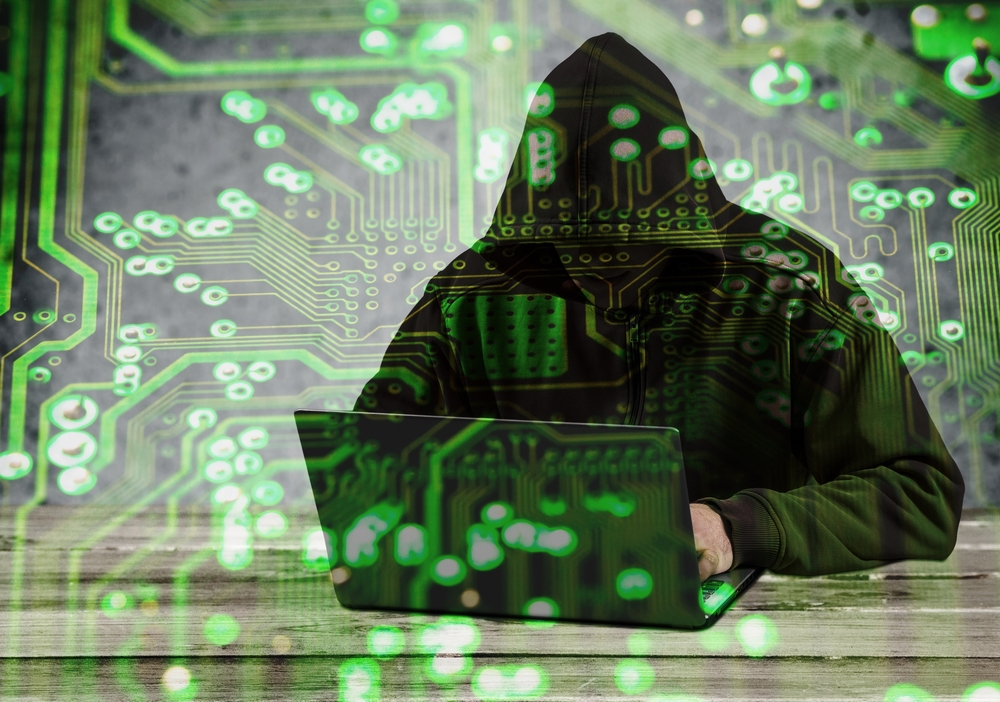When it comes to who is responsible for the security industry’s cyber security preparation, the correct answer is everyone: manufacturers, security integrators and dealers, consultants and end users.
In Gordon Ramsay’s latest reality TV show, “24 Hours to Hell and Back,” chef Ramsay and his team pick a failing restaurant and, over the course of 24 hours, use a combination of training, physical changes and tough love in an attempt to get them back on track and save them from themselves. The theme of every episode is teamwork and the distinct roles everyone plays from owner to head chef to server; those not pulling their weight are often asked to leave.
But why talk about a cooking show? Just like these restaurants –
Many in the security industry have suddenly realized — almost overnight — they are in trouble when it comes to how they handle the issue of cyber security.
And while they may have started out by pointing fingers at others, such as the end users or “IT,” they have now come to realize that the only way forward is teamwork and making sure each participant in the security chain plays their role to the best of their ability.
“Cyber threats can no longer be ignored,” says Morgan Harris, senior director of enterprise solutions, ADT, Boca Raton, Fla. (SDM’s 2017 Dealer of the Year). “Typically we hear about those breaches affecting millions of consumers’ personal data or financial records; but more and more we are finding common security appliances, such as in-home cameras, being subject to hackers. …
Attacks are being launched through unprotected or under-protected networks that host security appliances such as IP cameras, access control card readers and even IP-enabled intrusion detection panels. The security industry has taken notice; but we are still at the beginning stages of addressing the problem.”
That is a common theme across the industry, where descriptions like “in its infancy,” “on the right track,” “lagging behind,” and “overwhelmed,” are commonly uttered phrases, even among the most cyber-savvy.
“We offer Q360 as both an on premise and a cloud solution. And one of our differentiators is we don’t put your data into a multi-tenant environment. So your data is secure in its own environment.” Roman Burchart, Vice President of Operations, Solutions360.
One person who is more optimistic than most, ironically, is Bill Bozeman, CPP, president and CEO of PSA Security Network, Westminster, Colo., who has been pushing the importance of cyber security to the industry for several years now. “I think the attitude is much better. The fact that it is a huge problem for all of us is generally accepted industry-wide, which is a nice change.
“Maybe I am a little more optimistic simply because we were so early to the game. I feel a little bit better about it. I spoke with someone on the insurance side and we are up to 70 percent of integrators that have cyber security insurance. Last year it was probably 45 to 50 percent. It depends on your expectations and how quickly you want to get things done, but I think everyone is trying like crazy. I wouldn’t call it the infancy. That was the denial stage. We are way past denial. We do still have a whole lot of ‘What the [heck] should I do?’ but at least they want to do something,” Bozeman says.
Until recent years, security systems lived in their own bubble (and often on their own network). But now that everything is IP-enabled, cloud-based and/or residing on shared networks, security industry players are learning that even if their technology doesn’t contain anything worth stealing — such as access control cards that only have a random number attached and no personal information — that doesn’t mean they aren’t worth hacking.
Security industry players are learning that even if their technology doesn’t contain anything worth stealing, that doesn’t mean they aren’t worth hacking.
In the past, the attitude of many vendors was that the customer was responsible for securing their network. More sophisticated end users, who are all fearful of being the next Target or Sony, are pushing for change from their security vendors and security integrators.
The ‘security industry’ is an ecosystem of product and service vendors, consultants, integrators and end users. If it takes a village to ensure a cohesive and cyber-secure environment, let’s take a closer look at what steps are being taken at each level of this security ecosystem, along with some of the challenges each has along that path.
The Manufacturers
The main cyber security efforts major security manufacturers of hardware and software have implemented are procedures and processes to harden their systems, and — critically — publishing hardening guides and offering training to security integrators on how to install and set up these systems to be as cyber-secure as possible.
Read the full story at SDM Magazine – It Will Take a Village to Make the Security Industry Cyber Secure
Watch the video to learn more about how Solutions360 keeps your data cyber secure:
How Does Solutions360 Keep Your Data Cyber Secure?
The above excerpt from SDM Magazine has been published with express permission from BNP Media.
Related: Accountability Drives Business Transformation at VTI Security
Related: VTI Security Talks About How Q360 Increased Efficiency in Accounting Processes
Related: VTI Security Increases Efficiency 10% – 15% with Q360


